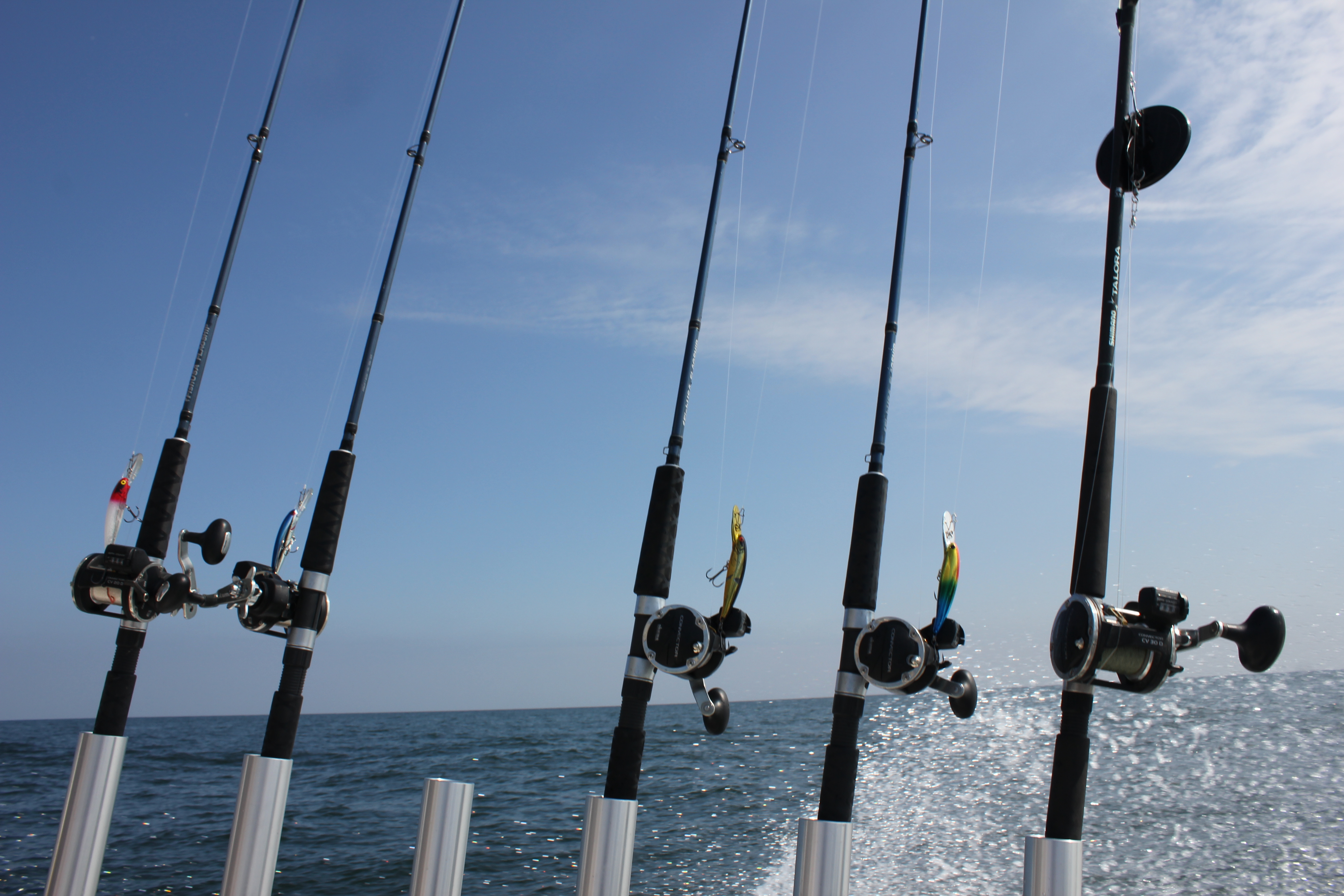How to Tune a Crankbait for Perfect Performance
Table of Contents
Why Crankbait Tuning Matters

How to Know If Your Crankbait Is Out of Tune
How to Tune a Crankbait
When to Tune Your Crankbaits
Final Thoughts
Shop Tackle & Gear

Shop Tackle & Gear